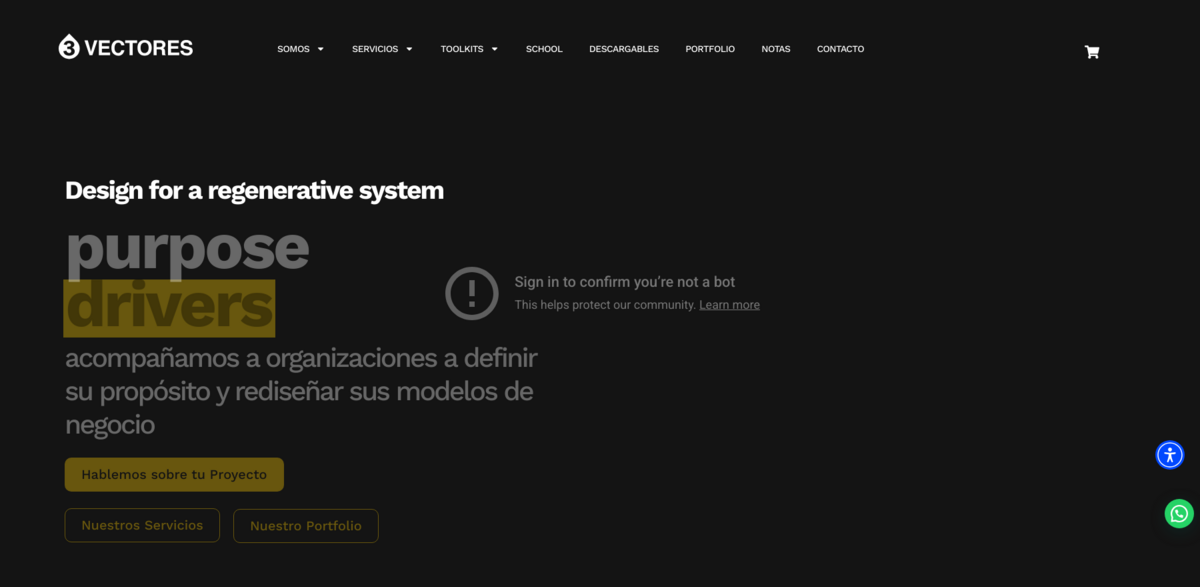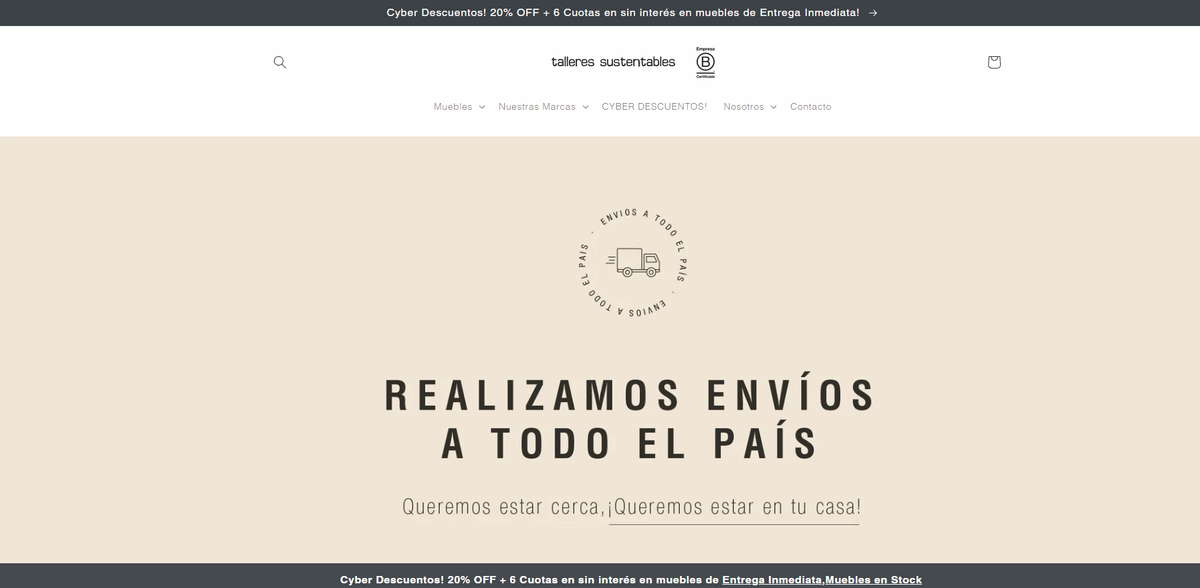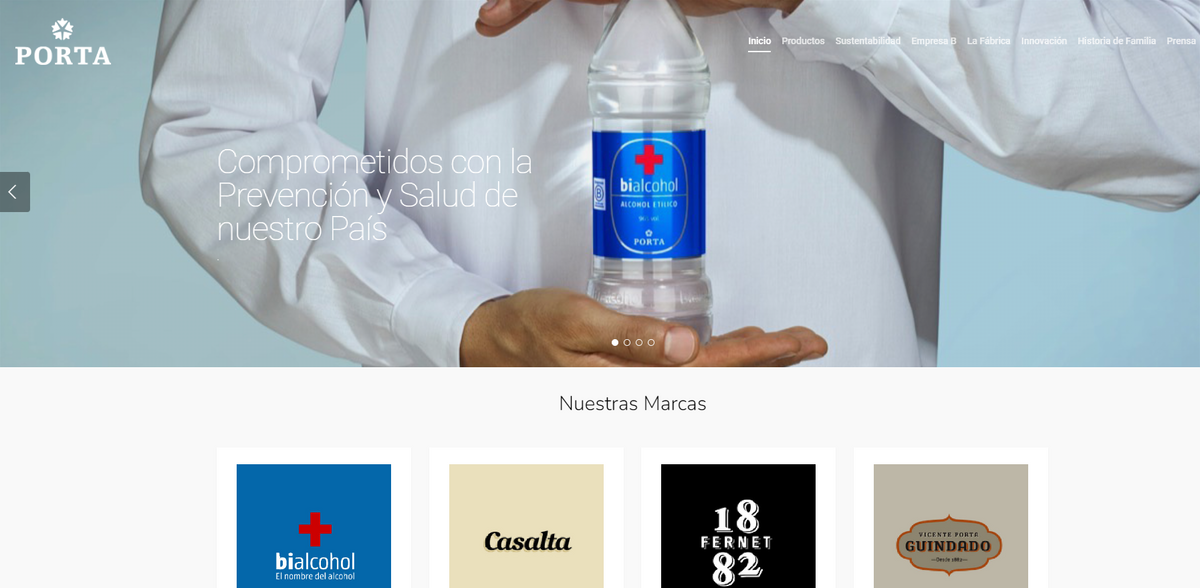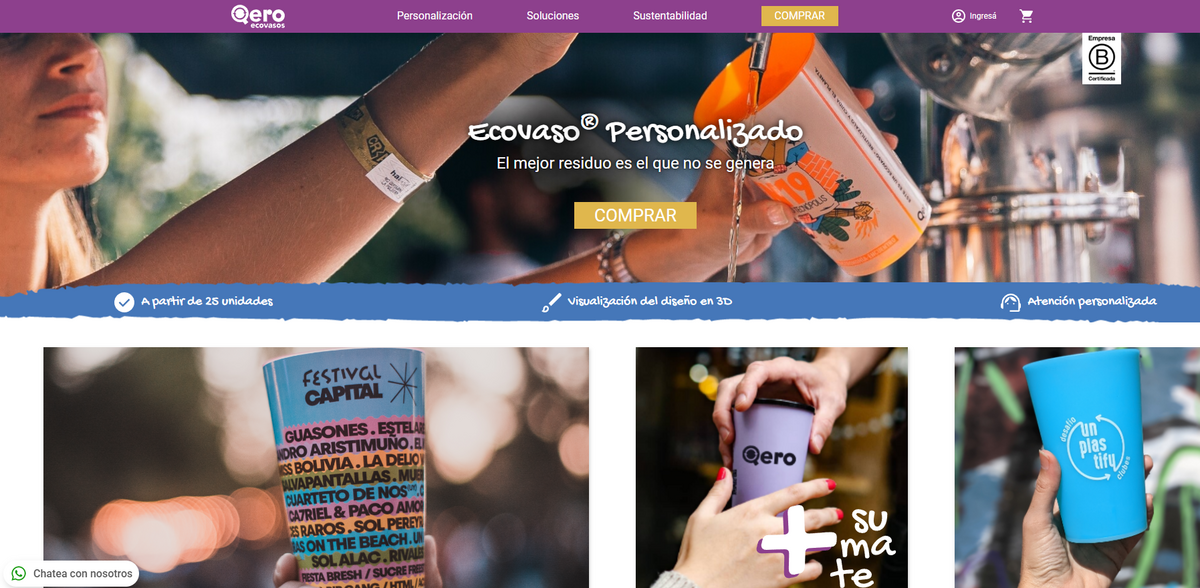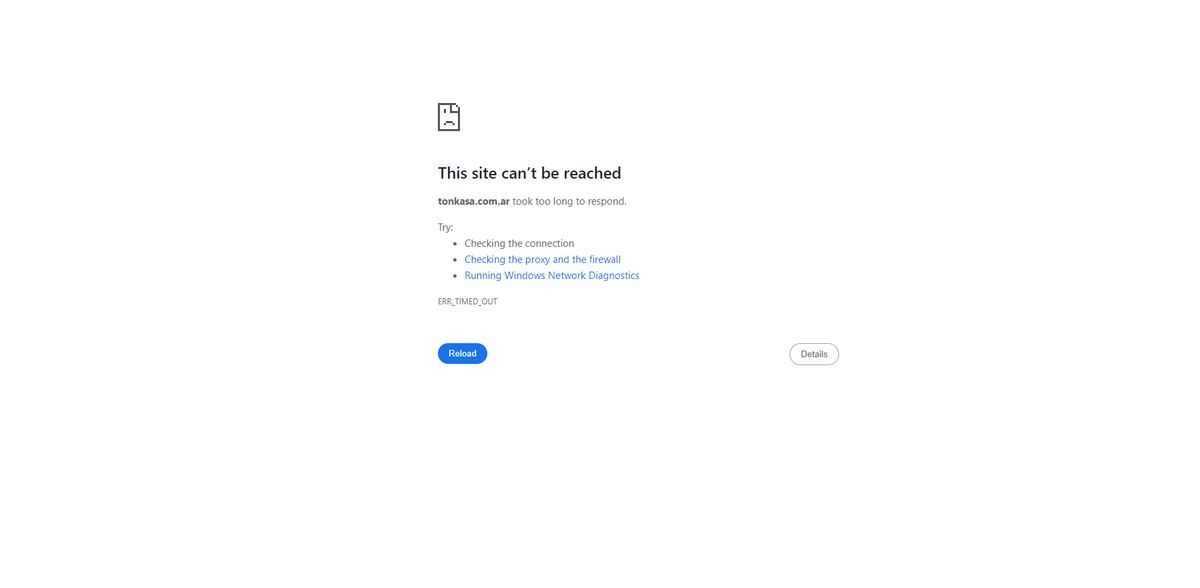SDG 14: Life Below Water
Sustainable Development Goal 14 (SDG 14), part of the United Nations’ Agenda 2030, is focused on conserving and sustainably using the oceans, seas, and marine resources. Oceans are vital for life on Earth, providing food, oxygen, climate regulation, and biodiversity. SDG 14 aims to protect marine ecosystems, prevent pollution, and promote sustainable fishing practices to ensure a healthy future for marine life and human communities.
Oceans are crucial to global ecosystems, yet they face growing threats such as overfishing, plastic pollution, acidification, and habitat loss. Achieving SDG 14 ensures:
✅ Sustainable management of marine resources
✅ Reduction in ocean pollution
✅ Protection of marine biodiversity
✅ Sustainable fishing practices
✅ Restoration of coastal and marine ecosystems
How Can We Achieve SDG 14?
Governments, businesses, and individuals must work together to:
🌊 Promote sustainable fishing practices and marine protected areas
🌊 Reduce plastic pollution and waste entering oceans
🌊 Invest in marine research to monitor ecosystems and biodiversity
🌊 Ensure compliance with international maritime laws and regulations
🌊 Raise awareness and educate communities on the importance of ocean conservation

Innovative Solutions for SDG 14: Companies & Initiatives Protecting Oceans
Achieving SDG 14: Life Below Water requires global cooperation and innovative solutions to protect and sustainably manage the oceans. From sustainable fisheries and marine conservation programs to plastic waste reduction and marine ecosystem restoration, these initiatives are working to protect the oceans and marine life.
Here are some of the leading companies and initiatives that are taking meaningful steps toward safeguarding the oceans and ensuring a sustainable future for marine ecosystems.
👉 Explore the list and contribute to preserving our oceans! 🌊💙
10 projects in Argentina contributing to SDG 14
-
Pura Aventura: Thoughtful Travel Experiences Across Latin America and Beyond
Pura Aventura is a travel agency focused on creating unforgettable journeys that prioritize sustainability and community impact. With a commitment to responsible tourism, they offer diverse holiday types across Latin America, Spain, and Portugal. Their unique approach ensures that travelers not only explore beautiful destinations but also contribute positively to the local communities and environments…
-
Surs: Connecting Sustainable Brands with Conscious Consumers in Switzerland
Surs.ch serves as the exclusive distribution partner for various international brands in Switzerland, focusing on innovative and sustainable products. By connecting quality goods with conscious consumers, Surs promotes a lifestyle that values sustainability and responsible consumption. Each brand tells a unique story, contributing to environmental initiatives and fostering a community of eco-conscious individuals.
-
Minima Huella: Sustainable Furniture Crafted in Argentina
Minima Huella offers a unique selection of sustainable furniture designed and crafted in Argentina. With a focus on quality and immediate delivery, their pieces reflect a commitment to environmental care and local craftsmanship. Enjoy up to 50% OFF on select items while supporting a sustainable future.
-
Modern Adventure: Transforming Travel into Meaningful Experiences
Modern Adventure is redefining the travel experience by focusing on meaningful journeys that connect travelers with cultures and communities. With a commitment to sustainability and ethical practices, this project offers curated itineraries that not only explore stunning destinations but also contribute positively to the world. From immersive tours in Argentina to culinary adventures in Japan,…
-
Porta Hermanos: Pioneering Sustainability and Community Development in Argentina
Discover Porta Hermanos’ legacy of sustainability, community impact, and innovation since 1882, leading the way in responsible practices and quality standards.
-
Qero Eco-Cups: The Sustainable Choice for Events and Venues
Discover Qero’s reusable eco-cups: a sustainable solution for events that reduces waste, supports local manufacturing, and promotes a greener future.
-
Pioneering Sustainable Energy Solutions: How Tonka is Shaping a Greener Future
Discover how Tonka, a leader in sustainable energy since 1970, innovates in gas and solar solutions, aligning with UN goals for a brighter, greener future.
Find SDG 14 Projects in your country! Where are you located?
Agriculture & Food Argentina Arts & Culture Australia Austria Belgium Brazil Canada Communities Conservation & Biodiversity Construction & Infrastructure Education Energy Fashion Finance France Governance & Policy Health & Well-being housing Mobility & Transport Netherlands Packaging SDG 1 SDG 2 SDG 3 SDG 4 SDG 5 SDG 7 SDG 8 SDG 9 SDG 10 SDG 11 Services & Consultancy Solar energy Spain Switzerland Technology Tourism United Kingdom United States Waste & Recycling water Water management Wind energy zero waste
FAQ on SDG 14: Life Below Water (Agenda 2030)
1. What is SDG 14?
SDG 14: Life Below Water is the fourteenth goal of the United Nations’ Sustainable Development Goals (SDGs) under Agenda 2030. It aims to conserve and sustainably use marine resources, reduce marine pollution, and protect ocean ecosystems.
2. Why is SDG 14 important?
Oceans cover over 70% of the Earth’s surface and support millions of species. They provide oxygen, food, and climate regulation. Protecting oceans is essential for human health, biodiversity, and sustainable economies.
3. What are the key targets of SDG 14?
Some major targets include:
- 14.1: Prevent and significantly reduce marine pollution of all kinds.
- 14.2: Protect and restore ecosystems and biodiversity in oceans and seas.
- 14.4: Regulate overfishing and implement sustainable fishing practices.
- 14.5: Conserve at least 10% of coastal and marine areas through protected areas.
- 14.a: Increase scientific knowledge to improve ocean health.
4. How does SDG 14 relate to Agenda 2030?
SDG 14 is linked to poverty reduction (SDG 1), sustainable production and consumption (SDG 12), climate action (SDG 13), and life on land (SDG 15). Healthy oceans are fundamental to achieving several SDGs, especially for the 3 billion people who rely on oceans for their livelihoods.
5. What are the biggest challenges to achieving SDG 14?
Some key challenges include:
- Overfishing and depletion of marine resources.
- Plastic pollution and other marine debris.
- Destruction of coastal ecosystems (e.g., coral reefs and mangroves).
- Climate change and its effects on ocean acidification and biodiversity.
6. How can governments help achieve SDG 14?
Governments can:
- Enforce sustainable fishing regulations and protect marine biodiversity.
- Implement plastic waste reduction policies and improve waste management systems.
- Promote marine protected areas and strengthen marine conservation.
- Support international agreements on ocean conservation and pollution prevention.
7. What role do businesses play in SDG 14?
Businesses can:
- Adopt sustainable fishing practices and reduce overfishing.
- Reduce plastic packaging and implement eco-friendly production processes.
- Invest in ocean conservation projects and support environmental causes.
- Promote marine pollution awareness and collaborate on sustainability initiatives.
8. How can individuals contribute to SDG 14?
Individuals can:
- Reduce plastic use and recycle to prevent ocean pollution.
- Support sustainable seafood and avoid overfished species.
- Participate in beach clean-ups and other environmental activities.
- Advocate for stronger policies to protect oceans and marine life.
9. How is progress on SDG 14 measured?
The UN tracks SDG 14 using indicators such as:
- Marine pollution levels, particularly plastic waste in oceans.
- Area of marine protected zones and coral reefs.
- Fish stocks sustainability and adherence to fishing regulations.
- Ecosystem restoration efforts and biodiversity monitoring.
10. Can SDG 14 be achieved by 2030?
While there has been progress in marine conservation, challenges like pollution, overfishing, and climate change require urgent and coordinated global action. Achieving SDG 14 by 2030 is possible, but it will require strong global commitment, investment in conservation, and policy reforms.
Discover other Sustainable Development Goals (SDG) Initiatives :
- SDG 1: No Poverty – End poverty in all its forms everywhere.
- SDG 2: Zero Hunger – End hunger, achieve food security, improve nutrition, and promote sustainable agriculture.
- SDG 3: Good Health and Well-being – Ensure healthy lives and promote well-being for all at all ages.
- SDG 4: Quality Education – Ensure inclusive and equitable quality education and promote lifelong learning opportunities for all.
- SDG 5: Gender Equality – Achieve gender equality and empower all women and girls.
- SDG 6: Clean Water and Sanitation – Ensure availability and sustainable management of water and sanitation for all.
- SDG 7: Affordable and Clean Energy – Ensure access to affordable, reliable, sustainable, and modern energy for all.
- SDG 8: Decent Work and Economic Growth – Promote sustained, inclusive, and sustainable economic growth, full and productive employment, and decent work for all.
- SDG 9: Industry, Innovation, and Infrastructure – Build resilient infrastructure, promote inclusive and sustainable industrialization, and foster innovation.
- SDG 10: Reduced Inequalities – Reduce inequality within and among countries.
- SDG 11: Sustainable Cities and Communities – Make cities and human settlements inclusive, safe, resilient, and sustainable.
- SDG 12: Responsible Consumption and Production – Ensure sustainable consumption and production patterns.
- SDG 13: Climate Action – Take urgent action to combat climate change and its impacts.
- SDG 14: Life Below Water – Conserve and sustainably use the oceans, seas, and marine resources.
- SDG 15: Life on Land – Protect, restore, and promote sustainable use of terrestrial ecosystems, forests, and biodiversity.
- SDG 16: Peace, Justice, and Strong Institutions – Promote peaceful and inclusive societies, provide access to justice, and build effective institutions.
- SDG 17: Partnerships for the Goals – Strengthen the means of implementation and revitalize the global partnership for sustainable development.

